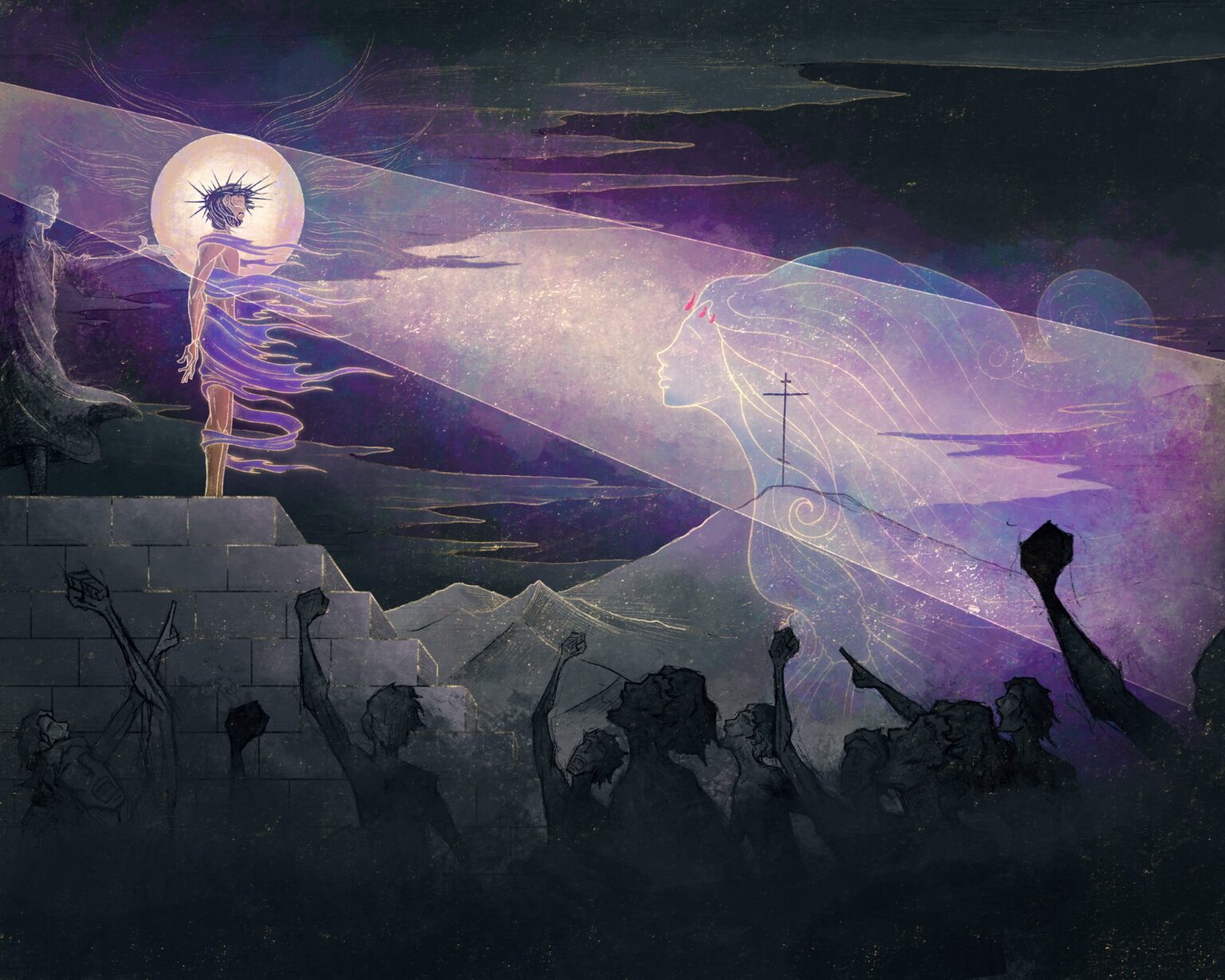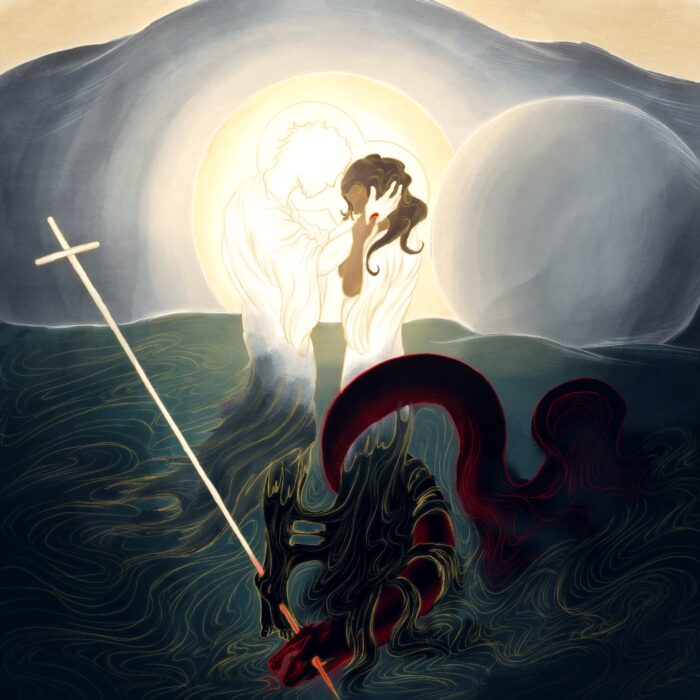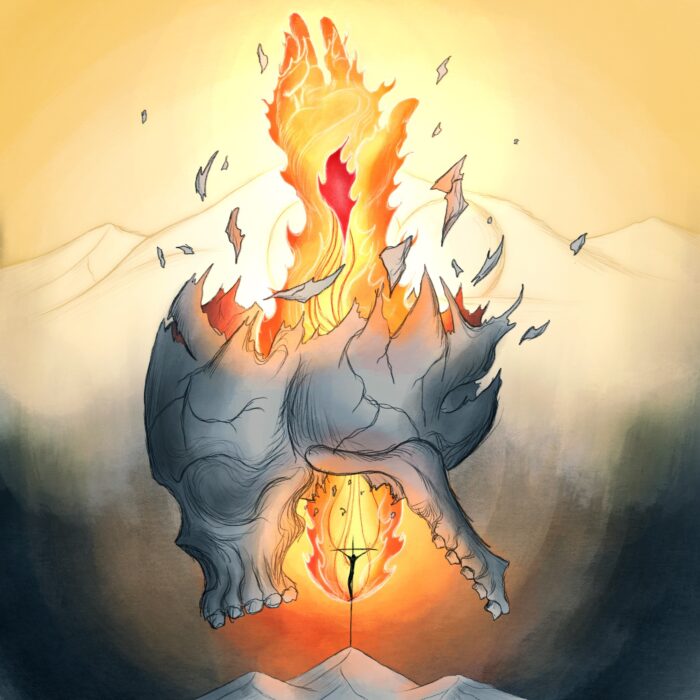Song of Songs, 3:11, ‘…look upon King Solomon, with the crown with which his mother crowned him on the day of his wedding, on the day of the gladness of his heart.’
Now, at first, today’s picture may not seem to fit at all with the chosen text. However, there is a connection that was fascinating for me to discover.
In John’s Gospel, when Pilate brings Jesus—arrayed in a purple robe and crown of thorns—out before the people and proclaims in mockery, ‘Behold your King!’, we are told this happens at a place called ‘The Stone Pavement’ (19:13-14). The Greek behind this translation is a rare word, used nowhere else in the NT and only three places in the Greek OT. One of those three is insignificant for our purposes, but the other two uses are intriguing. One is in 2 Chron 7:3 describing the pavement upon which the people fell when the glory of YHWH filled the temple, and the other is Song 3:10 (immediately preceding today’s verse), describing Solomon’s wedding carriage.
Why is this significant? Because immediately before Pilate presents the thorn-crowned Jesus as King, John uses—and highlights—a very specific word that links back both to the glory of YHWH appearing at the Temple, and the call for Israel to look upon King Solomon (the Temple-builder) in his wedding crown…I would suggest that John’s use of this word intentionally binds together 2 Chronicles 7:3 and Song of Songs 3:10 (both of which resonate with themes already well-established in John’s Gospel) so as to enable his readers to see Jesus not with the eyes of flesh, but with the eyes of faith….and when such eyes—illumined by 2 Chron. 7:3 and Song 3:10—look on Jesus, what do they see?
When we come to John 19:13-14, illumined by 2 Chron.7:3 and Song 3:10, what is the picture that John paints before the eyes of faith?
Scripture-illumined faith realizes that here, in this cross-bound and thorn-crowned man, is the True King of Israel, He who will build—and who Himself *is*—the True Temple of YHWH’s presence in the midst of His people. Here, is eschatological Dwelling Place of YHWH, filled with the glory of His Name, such that those who see with the eyes of faith might fall down and declare, ‘He is good! For His steadfast love endures forever!’ (2 Chron.7:3). And here too is the Royal Bridegroom, the Divine King, come to wed the Bride who will herself be born from His side as He pours out His life in death on the cross, the Bride who will—gathered into union with Himself—become with Him the Temple-City of the New Creation (cf. Rev. 21:2-4, 22ff)….John’s subtle allusions, in conjunction with his wider network of themes, teach us that the Day of our Lord’s Crucifixion is, in fact, the ‘Day of His wedding, the Day of the gladness of His heart.’
Come out, O Church, O True Zion! Look upon the King—the Builder of the Temple, the Tabernacle of God, YHWH in our Midst—see Him crowned with our curse as it has been love-woven into the diadem of His glory; see Him ascend the Tree of His Throne; see His side pierced, His life released, His Bride born and bought and washed and wed in the single eternal moment of his Passion, see wrath and love, death and life, beginning and end, earth and heaven united in the radiant singularity of God’s flesh, sung in the harmonious articulation of the Father’s Name.




